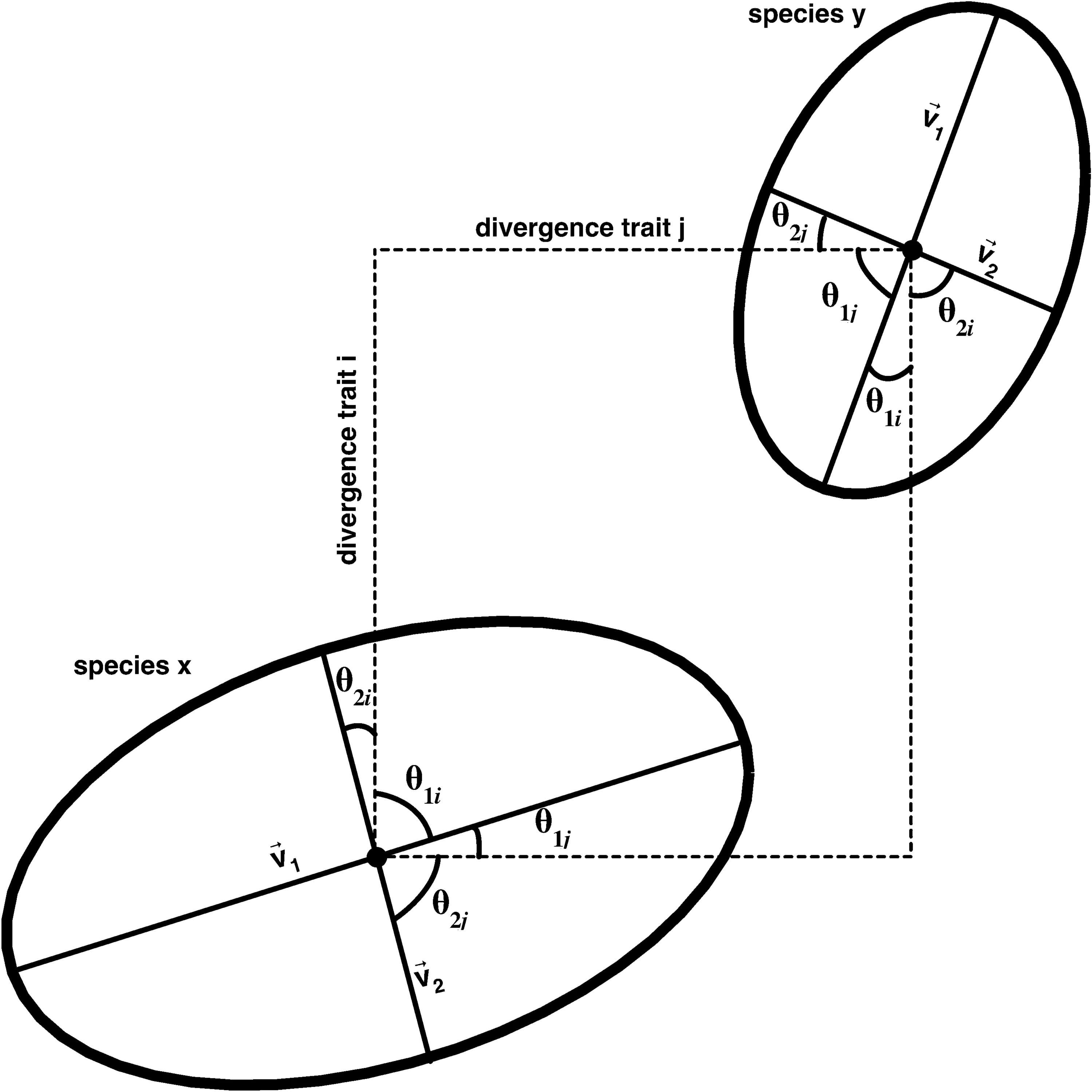Aggregate trait evolvability and macroevolution in two sister species of the bryozoan stylopoma
Leventhal, S., Jamison-Todd, S., and Simpson, C., 2022. Aggregate Trait Evolvability and Macroevolution in Two Sister Species of the Bryozoan Stylopoma, Evolutionary Biology. doi.org/10.1007/s11692-022-09588-8 pdf
The study of trait evolution in modular animals is more complicated than that in solitary animals, because a single genotype of a modular colony can express an enormous range of phenotypic variation. Furthermore, traits can occur either at the module level or at the colony level. However, it is unclear how the traits at the colony level evolve. We test whether colony-level aggregate traits, defined as the summary statistics of a phenotypic distribution, can evolve. To quantify this evolutionary potential, we use parent-offspring pairs in two sister species of the bryozoan Stylopoma, grown and bred in a common garden breeding experiment. We find that the medians of phenotypic distributions are evolvable between generations of colonies. We also find that the structure of this evolutionary potential differs between these two species. Ancestral species align more closely with the direction of species divergence than the descendent species. This result indicates that aggregate trait evolvability can itself evolve.
